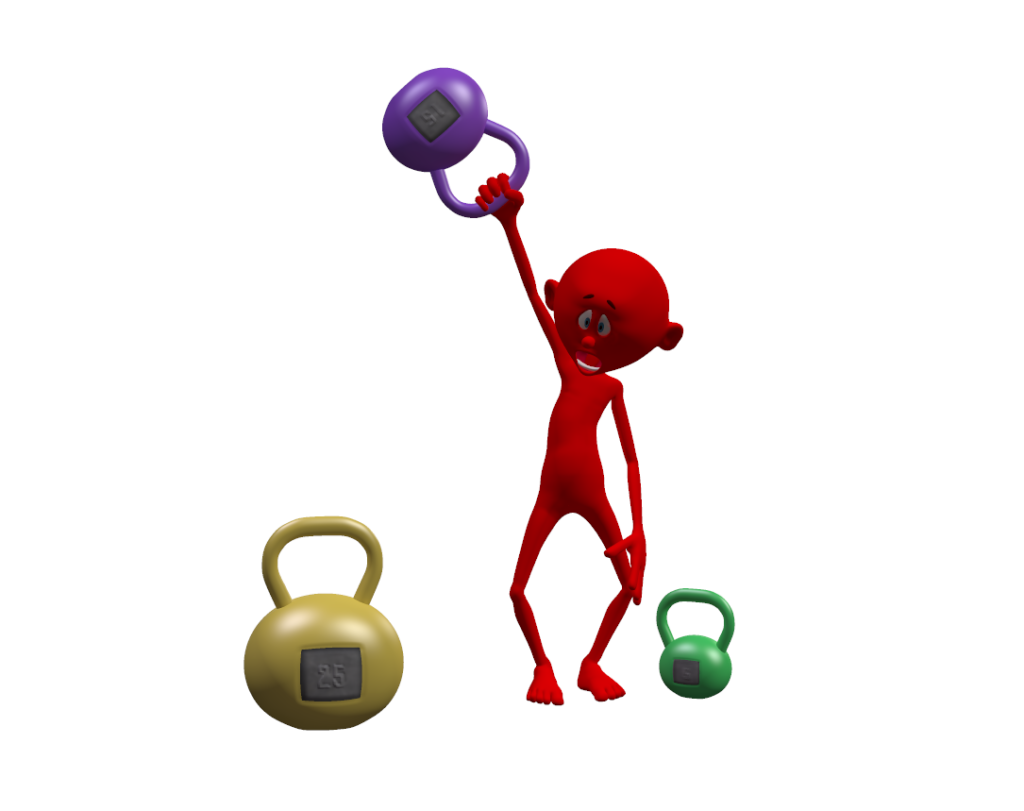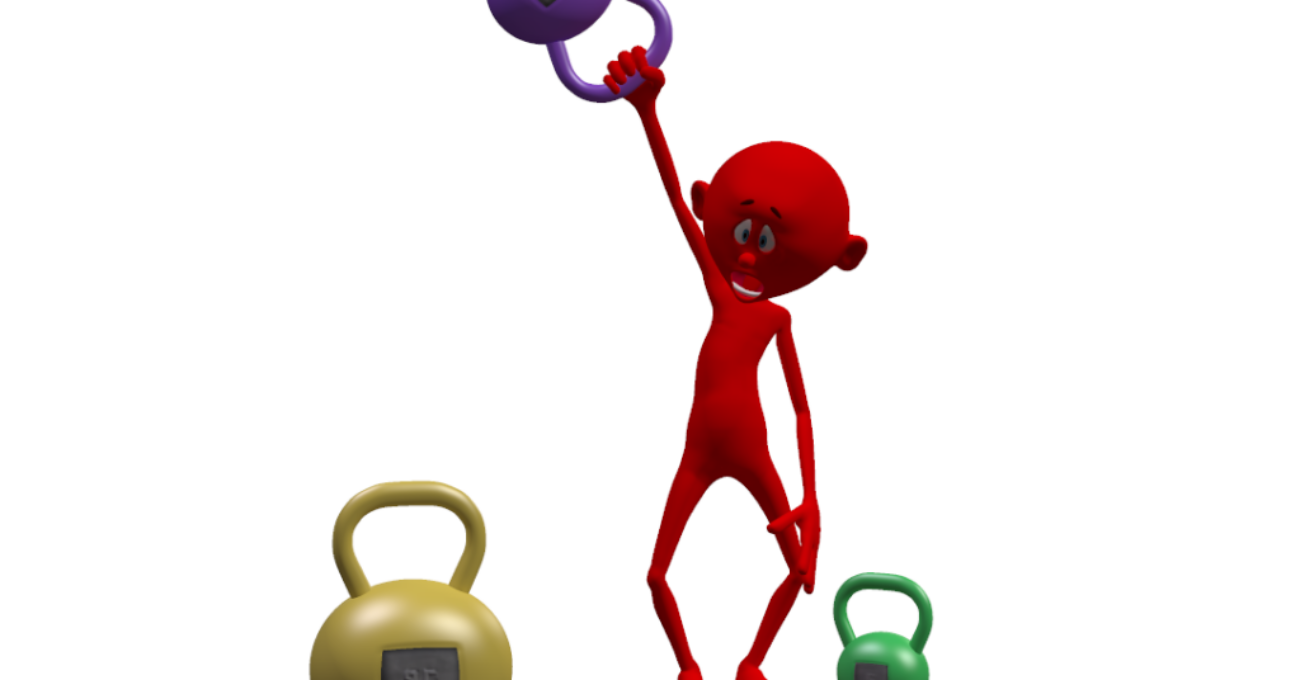More, more, more?
In all of the exercise professions, our work is largely based on a theoretical framework that I’ve always known simply as ‘The Principles of Exercise’ (POE). The POE offer us a logical and convenient means of explaining how and why we develop fitness and suggest a rationale for planning and structuring exercise and training programmes. Someone once described those POE as being something like the ten commandments of exercise physiology and exercise prescription. Apart from there not really being 10 principles, I’d say that we are a bit agile and selective about the principles that we pay attention to, and how strictly we adhere to them. Hmmm….. maybe there are some parallels to those commandments!!
The POE were taught to me a number of times and in several different contexts, and in turn I’ve taught them in a range of settings.The number and elements that make up the principles seem to vary, but I’m most familiar with a consistent six fairly basic principles. My list (principles of progressive overload, adaptation, specificity, individuality, ceiling effect, and reversibility) probably differs from yours, and that doesn’t matter too much. To me, the principles are all kind of based on the key principle of adaptation – where, how, why, and how much we adapt.In my teaching, I’d always rattle off the General Adaptation Syndrome (GAS) as the basis for these principles. In truth, I didn’t know too much about it. I knew that when we apply stress to a body system that there will be an alarm response/phase as homeostasis is disturbed. That’s followed by a resistance phase where the system bounces back stronger and more resilient. With time and monotonous stress there would inevitably be failing adaptation, but if we allowed that system adequate recovery we would get even more resistance, we’d get supercompensation – yes that’s right, supercompensation! Following on from this was the idea that we could continue to take advantage of the GAS to progressively increase our baseline resilience to stress. So the GAS was fundamental to and used to explain, the concepts of progressive overload and periodisation of training.

Later in my career, this continual adaptation interpretation started to bother me. I knew that there was this ‘ceiling effect’ POE, but it seemed that that principle was interpreted as being more about plateaus in fitness improvement than actual ceilings. In fact, the ceiling effect seemed to be an inconvenient principle that spoiled a good story about the potential for constant improvement – that might be why many people leave that one off their list. What I couldn’t get my head around was why any one of our body systems (like muscle strength, bone density, aerobic fitness or blood pressure) would continue to adapt positively to continued increments of stress – surely there had to be a limit. The health and fitness and strength and conditioning gurus certainly never gave any sense that there was a limit to our ability as they pushed us to get bigger, stronger, faster, or lose more weight, or improve one’s health. I was still preaching these things, but as I became more reflective I was becoming less confident about what I was saying. Could it be that I was inadvertently pushing clients into a zone where they were exposed to failing adaptations? Was I unwittingly doing harm?
I had good intentions but never made the effort to go back and try and find out more and understand the GAS. Recently I came across an excellent article by Samuel Buckner and colleagues (2017) that asked some of those very same questions that had been troubling me about the GAS, in this case as it is applied to resistance training – so thank you Dr. Buckner! Hans Selye (1907-1982) was a Hungarian born physician who while at Montreal’s McGill University, discovered and described the General Adaptation Syndrome, the response of the body to the stress or demands placed upon it. From his observations, stress was the common denominator of all adaptive reactions of the body. Others took that concept and applied it to training stress in sports. It turns out the Selye’s studies used rats to observe their stress response (alarm, resistance, and exhaustion) to nasty drugs and other noxious stimuli like extreme cold and exercise. Specifically, he found that lower dose pre-treatments of the stressors appeared to offer some stress protection. Most notably, Selye described a specificity of adaptation – the protection offered was specific to the pre-treatment. He also observed that organisms appeared to have a finite ‘adaptation energy’. By this, he appeared to mean that resistance responses had an upper limit and that an adaptation to one stimulus could compromise the organism’s resistance to another stimulus. Buckner et al (2017) make the point that the GAS concept has not been experimentally tested on humans, but by extrapolation, the ‘adaptation energy’ concept infers that training may limit one’s ability to respond to other stressors. They argue that this point may challenge some of our thinking around strength training to improve sports performance.
It may be that if and when these human studies are completed that Buckner et al’s (and my) misgivings are proven to be unfounded. However, as it stands it seems to me that we should be thinking of human physiological adaptations as being finite and limited. That undoubtedly goes against the latest Nike catchphrase, but as exercise professionals maybe its time we got off the bigger, stronger, faster bandwagon and recognised that there is more to human health and performance than physical and physiological gains. Could it be that by loading up our athletes’ training weeks that we are actually interfering with their capacity to adapt to stressors? Maybe more, more, more needs to be replaced with less, broader, more diverse, and better-integrated conditioning.
Perhaps we could consider a change to
- less resistance training emphasis (for some sports),
- a broader range of conditioning practices (get out of the gym),
- the inclusion of more sessions on coordination tied into specific skill elements,
- and more focused integration of the physical, neural and skill elements of performance.
That is not to say that this isn’t already happening in pockets, it’s just that I get the sense that the physical often dominates in terms of time and energy. I’m probably wrong but I’d like to see us thinking a bit more about what could be.
Best, Phil
Selected reference
- Buckner, S.L. et al (2017) The General Adaptation Syndrome: Potential misapplications to resistance exercise. Journal of Science and Medicine in Sport 20; 1015–1017
